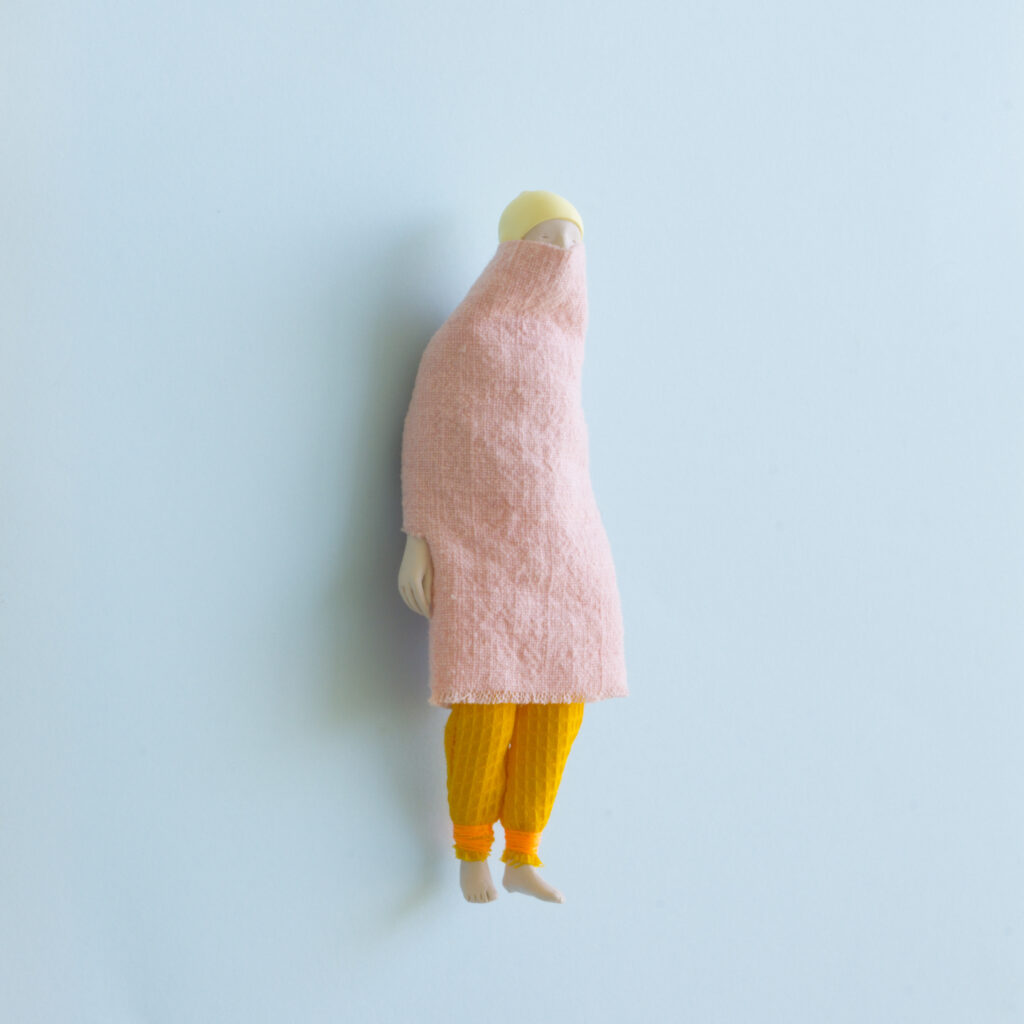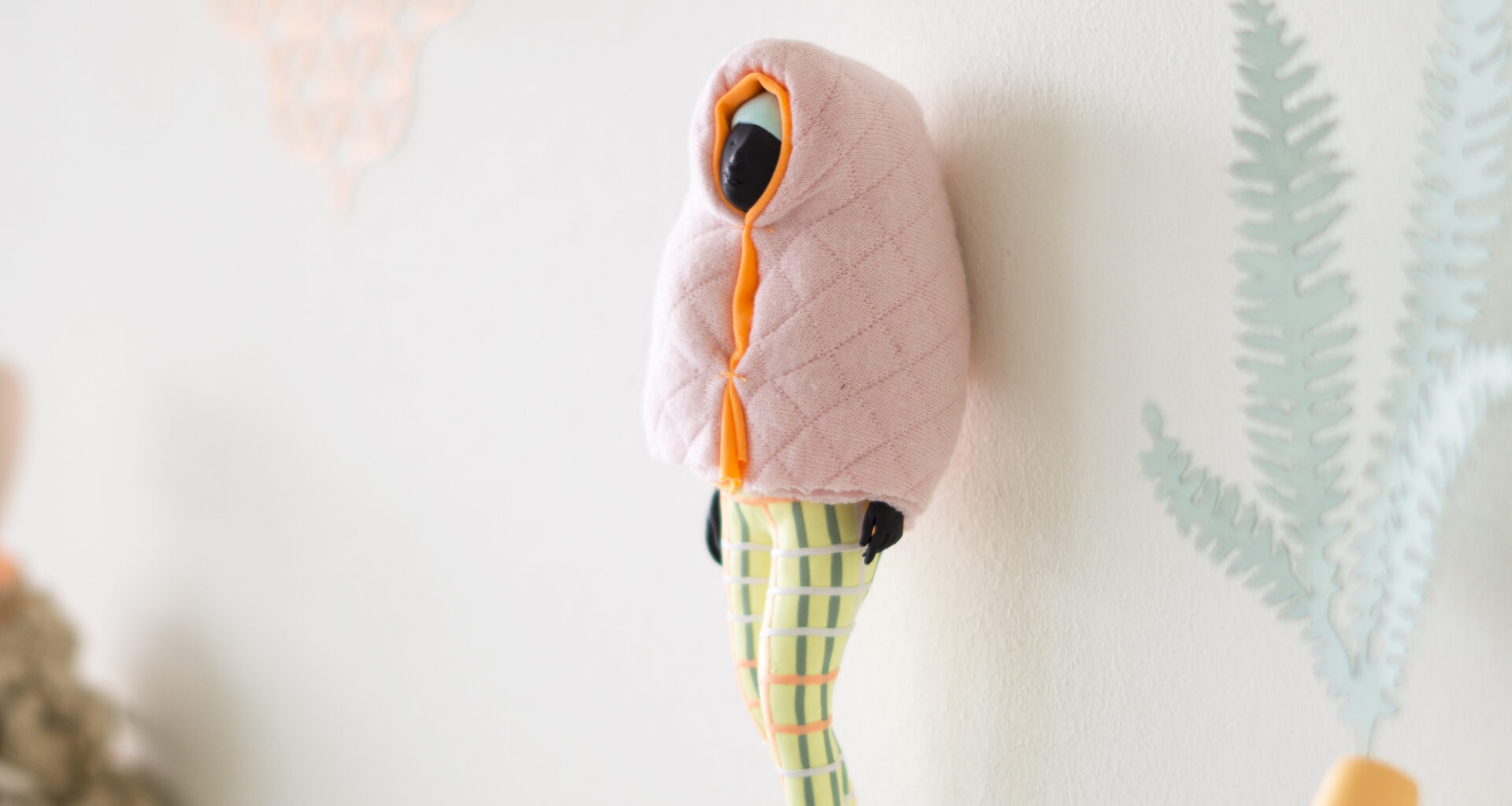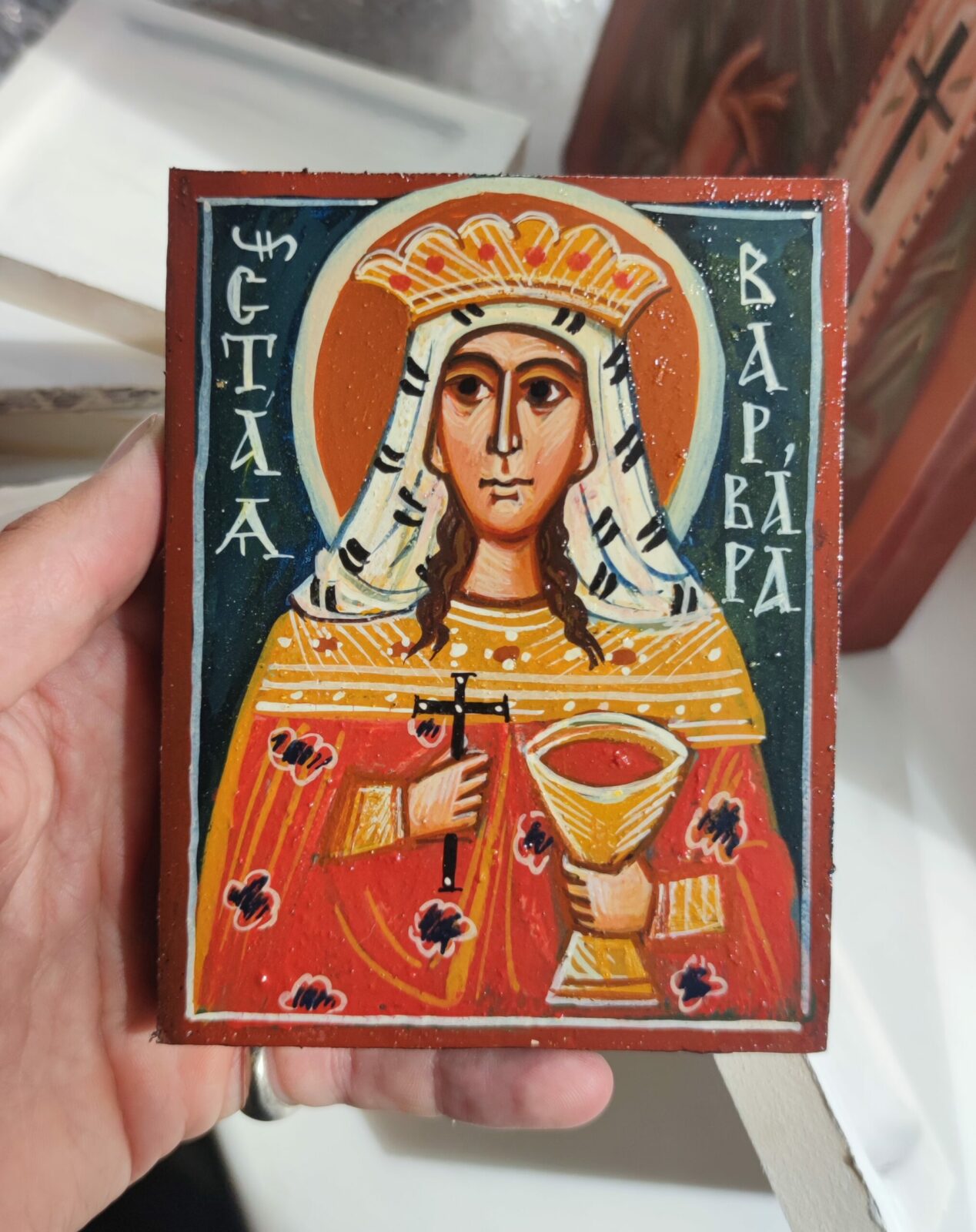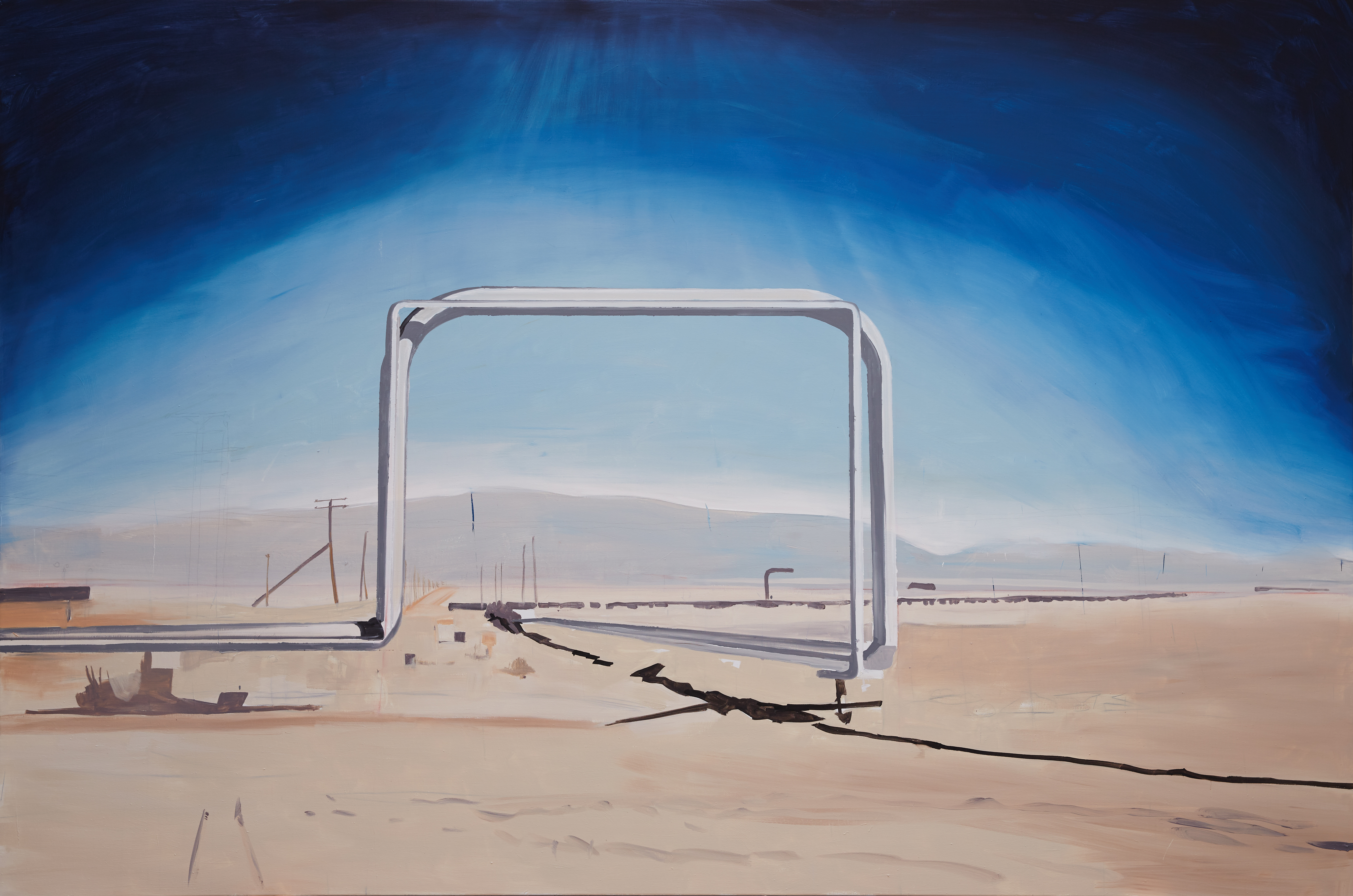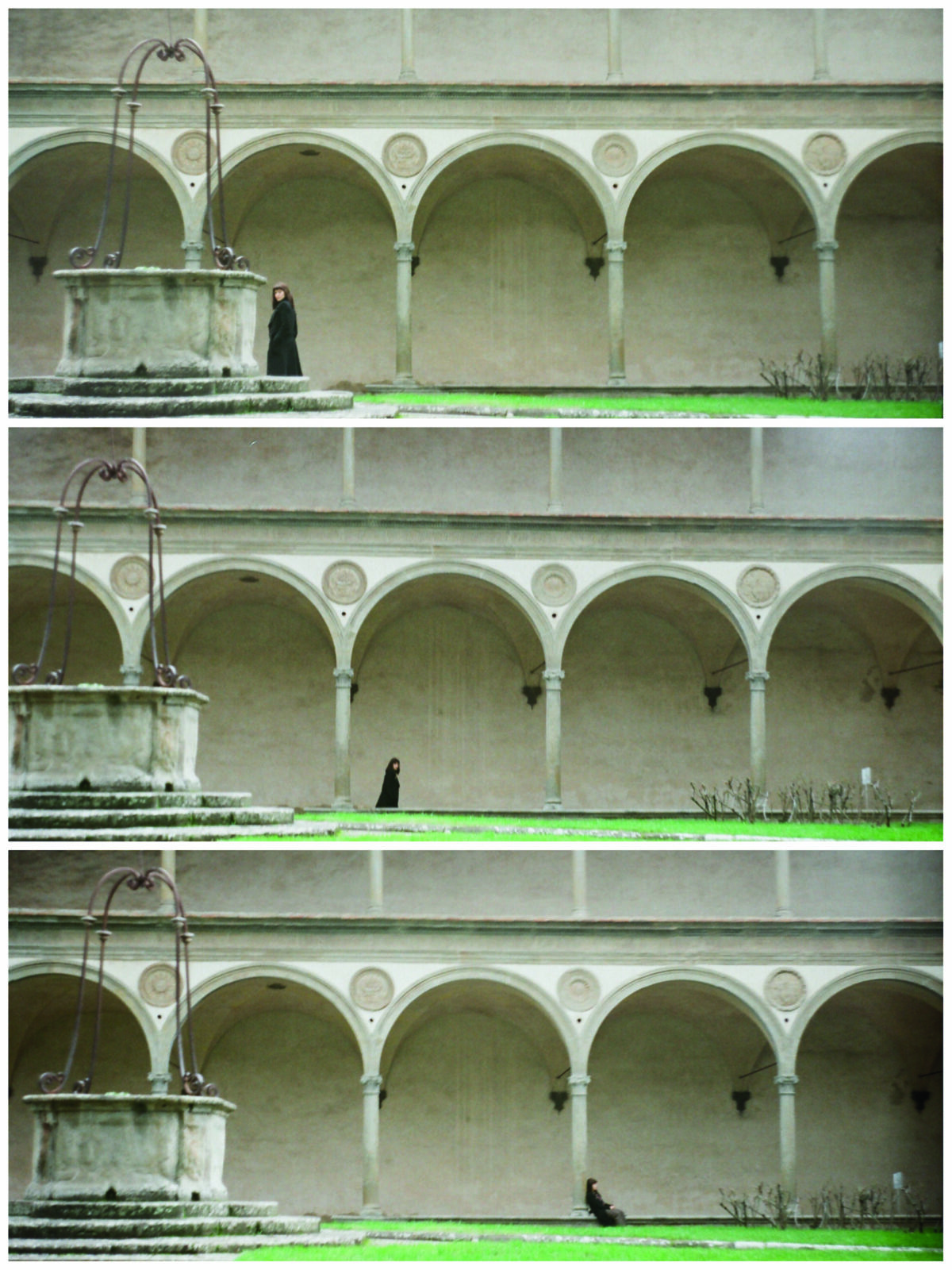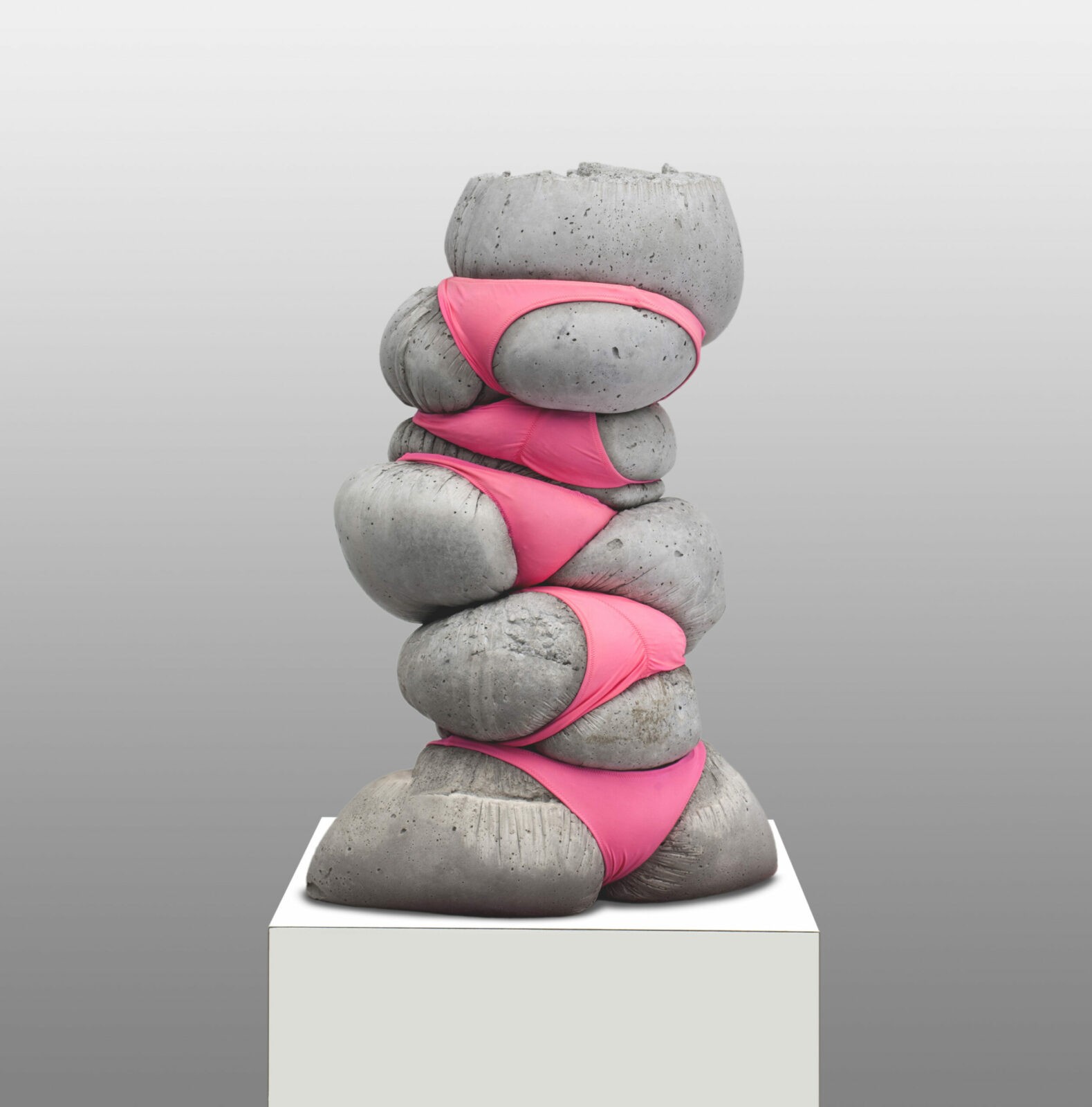Frode Bolhuis is a Dutch sculptor in love with color. His works show the human experience in a surreal, slightly intimate way, they are exquisite, magical and emotionally charged
Frode works intuitively, combining different materials: polymer clay, textiles, plastic, bronze and gold. Although the range of materials in the artist’s works is quite wide, the public is most fond of his figures in unusual color combinations, absorbing the influence of ancient cultures, surrealism and laconic design. In the artist’s studio in Almere (Netherlands) you can see a whole range of characters pinned to the wall. There is one figure picking at the fluff on his broom-like head, another in a pink suit reminiscent of the Michelin Man (from a tire advertising campaign), and a woman swaddled in a cozy fabric cocoon. The miniature works, molded mostly from polymer clay, are part of an ongoing “Daily Sculptures” project that creates several characters each week. “They are small sculptures intuitively created in one, two or three days,” Frode says. “The magic is that they start to take on a life of their own. They sort of emerge as you work, one thing leading to another, and each time differently woven into a new image.” Since the series began, the sculptor has made more than 80 works with a variety of garments and accessories created in textiles, wood, plastic, metal, finished with paint and gold details. As with other projects of this nature, the goal is to constantly be in the creative process. “Nothing big, long, or difficult to get me out of this state,” shares the sculptor.

What is the main design concept and essence of the Daily Sculptures creations? I started creating this series because I wanted to see how my work would evolve if I made one sculpture a day. I hypothesized that it would proliferate quickly, and that’s what happened. A sculpture a day quickly changed to a sculpture every three days because I wanted to finesse the work but not overdo it, so I don’t like to overthink my work. Sculptures are always a figure, small and magical, but different every time. They have a life of their own and I like to follow what arises in the moment, to reflect that in the work.
How would you define the word “passion”? Do you express passion, inner desires or dreams through your work and lifestyle? Passion for me is synonymous with love. I’m happy to say that I love my work, and because I love it, I’m always curious about what’s next. To find that next thing, I know I need to follow my intuition, which will lead me to unknown places. And following my intuition means following what I love, because what I love is uniquely mine. And that makes the circle a circle. It all starts with love, the path is love, and the result is a miracle.
How do you find balance with yourself? How did you discover your true passion, and how does it influence your outlook and lifestyle?
Time played a very important role in connecting with myself and finding my true passion. My father is also a sculptor, so finding a sculpture was easy, but finding my way to create a sculpture took over 20 years and is still ongoing. True passion is so unique that you have to be very careful to see it. It’s a very difficult thing to do. That’s why I always get up at 5am, to have time for myself and my work before the daily distractions wake up.
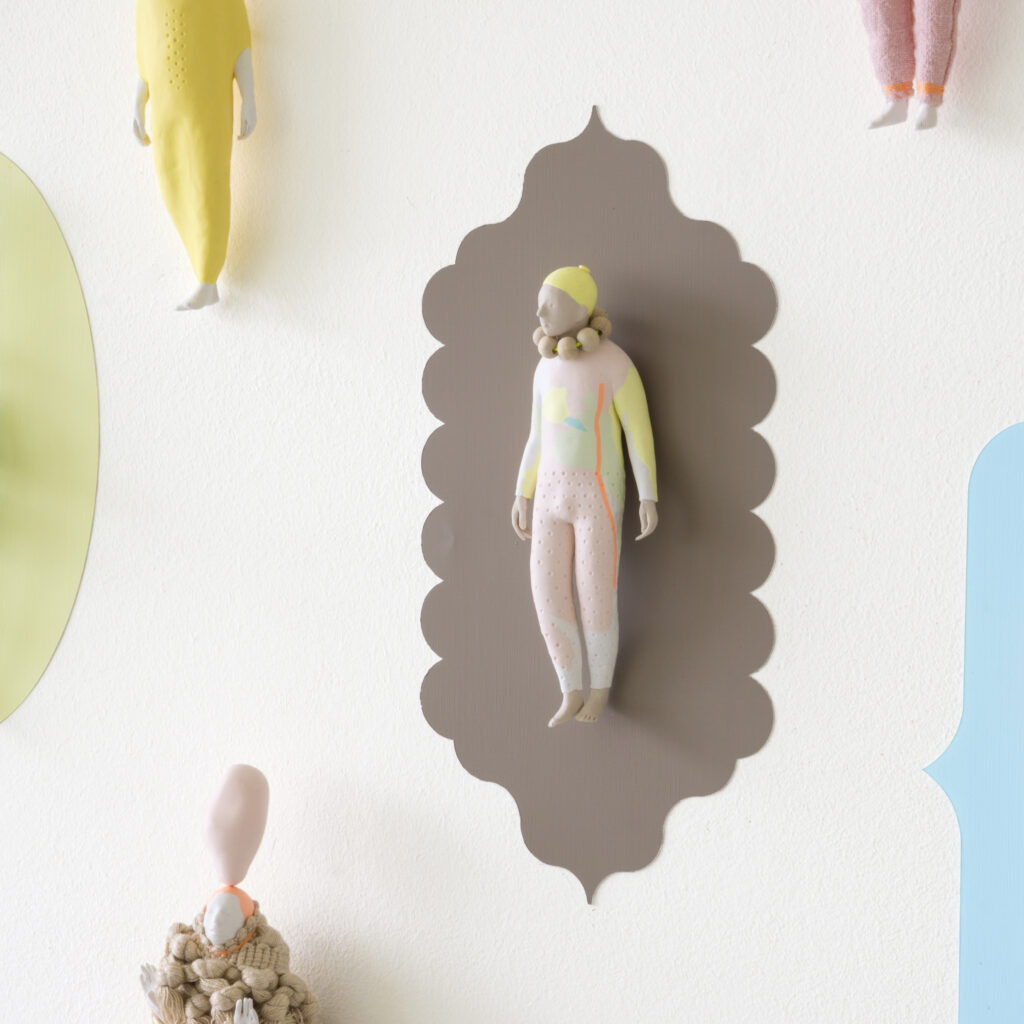
Do you ever get the urge to change the way you work? Or to start even one long scale process on a single sculpture?
Right now I’m completely absorbed in what I’m doing. I would make hundreds and hundreds more works, because they disperse pretty quickly and I hardly ever get to see a complete body of work together. I’m sure I’ll want to do something else eventually, but for now I’m passionate about my project. I want to create my work in 2-3 days, it’s a special experience that gives me a lot.
Tell us about your viewers, fans, buyers of your art. Who are these people?
I am happy to say that they are ordinary people. In the sense that they are not particularly rich people or people who are passionate about art. They are just ordinary middle class people who like beautiful things. I’ve noticed that my customers are often into design, into organizing their homes. I’ve also noticed that my work is bought more often by women, about a 60/40 ratio, but this seems to be a common situation, and in general 40% of men in this statistic is quite a lot, based on general trends in purchasing power. I am happy that my work is being bought not only in the Netherlands, my home country, but also in America, Poland, France, Portugal in general all over Europe. Oddly enough, my sculptures are bought least of all in England, the place where I studied.
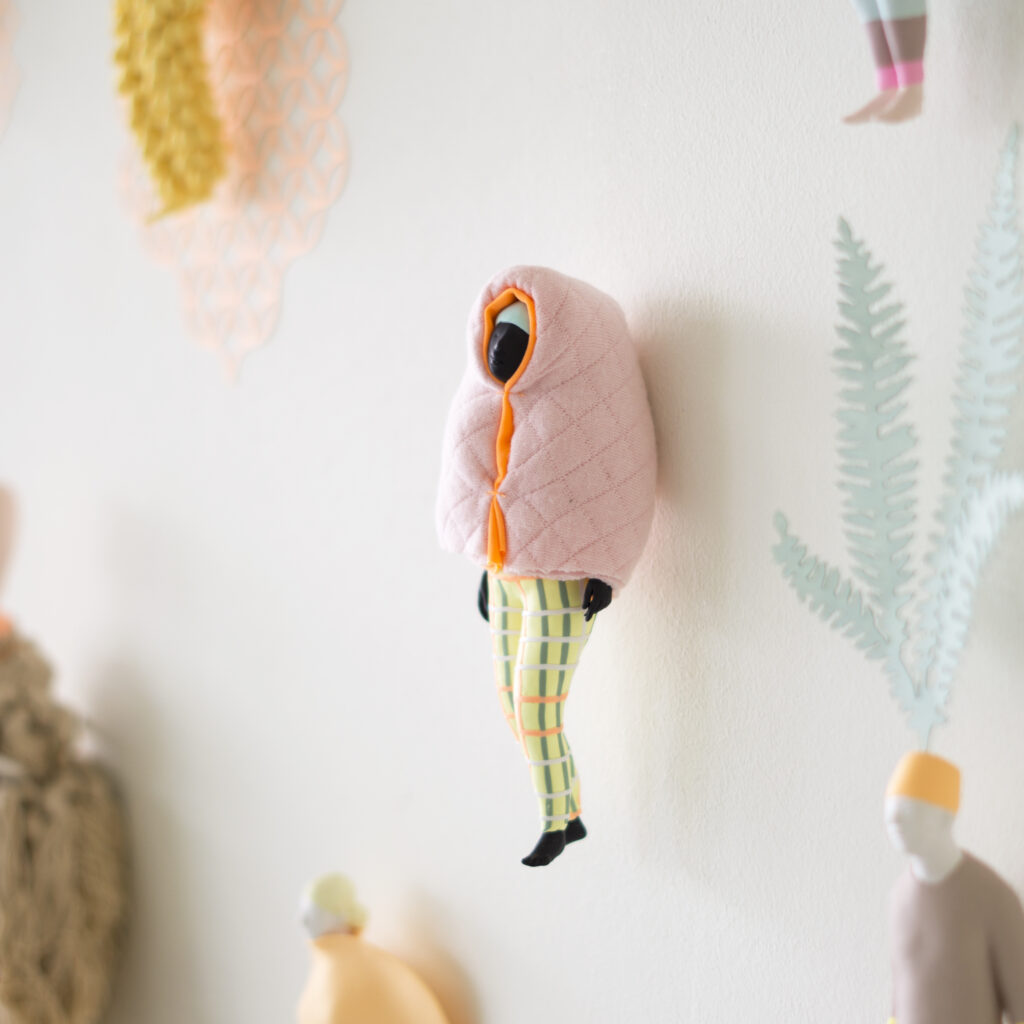
The commercial potential of your little men is hard to overestimate, the color, form and functionality are exactly what the general public likes. Is this a fluke of your creative preferences or a consciously planned path to commercial success?
My goal is to begin to support myself fully by making money with my art so that I don’t have to pursue extraneous businesses that unfortunately distract me from creating my work. Right now, my series has the potential to do this, and I am trying to price my work in such a way that I can provide for my family, and be able to do future projects. I haven’t planned for commercial success intentionally, but I am certainly interested in making money with my work, to find a balance.
What would you wish for your 20 year old self?
I would say trust yourself. When I was 20, I remember telling one of my teachers that viewers are not interested in just little people. I wanted to create little people when I was 20, but I told myself it was old-fashioned. Then my teacher said, “You have to find a way to make it interesting to people.” I didn’t believe him then. All these ideas about what’s in or out of fashion, what’s right and what’s wrong, regarding art, should be put aside. Anything can be successful, anything can work, thanks to a unique vision, a personal approach.
